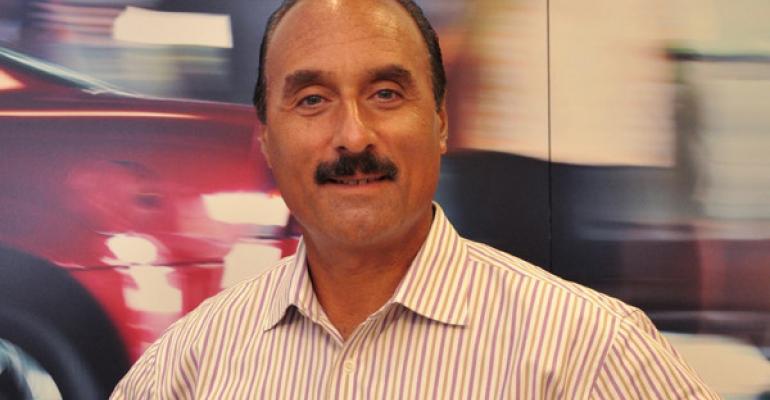What do consumers do when they pare down their debts? In some cases, borrow more money.
“Consumers have been improving their balance sheets by paying down loans,” and that, in turn, increases their borrowing and spending capacity, says economist Tom Kontos, executive vice president of ADESA Analytical Services.
That is good for the credit-driven auto industry, as long as consumer borrowing doesn’t go to extremes, he says.
Consumer credit outstanding, as a percentage of personal income, has dropped to 18.8%, from 21.4% in early 2009.
Back then, credit was tight, a factor in that year’s poor auto sales. Today, consumers are borrowing more and saving less, Kontos says. “With credit easing, savings rates have fallen from their peak.”
Although the nation still is recovering from the recession, “the U.S. economy is chugging along right now,” with the auto industry a bright spot, he says.
The number of people who plan to purchase a vehicle this year is strong, he says.
There’s considerable pent-up demand, but auto makers have reduced new-car incentives.
Today’s incentives are less likely to be cash, but instead offer low-rate financing and “maybe lease subvention,” Kontos says at a recent National Remarketing Conference.
Lease volume rose by more than 27% in 2010, from its dismal 2008-2009 level, but growth during 2011 has been more moderate. Improved new-vehicle sales in 2010-2011 should generate more off-lease volume, starting in 2013, replenishing sparse certified used-car inventories.
Leasing increased to 2.1 million vehicles in 2011, a 17% gain over 2010 and an 85% jump compared with the low-point of 1.1 million in 2009, according to Manheim Consulting.
Delinquency rates, while dropping lately, could climb again as lenders increase competition and reduce lending standards, Kontos says, predicting a higher repossession rate in 2013 and 2014.
Repossession hit a record high of 1.9 million in 2009, but dropped 32% to 1.3 million last year, Manheim says.





